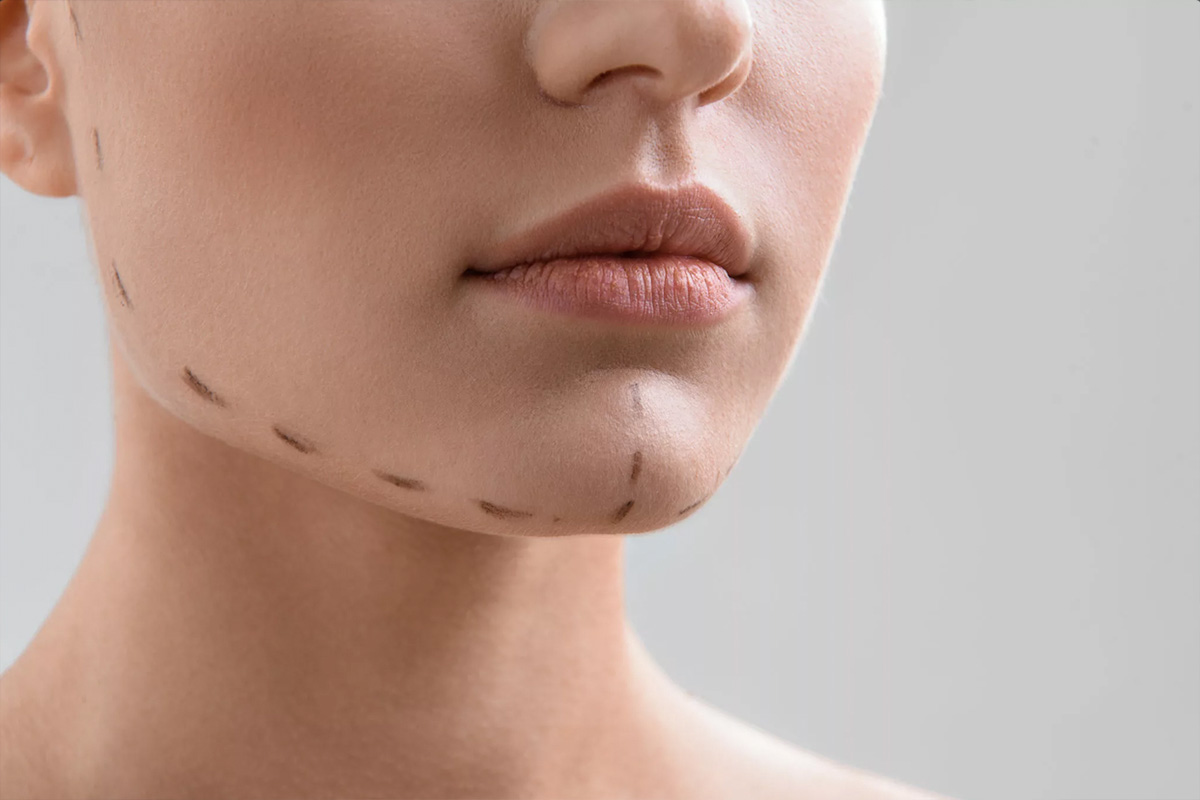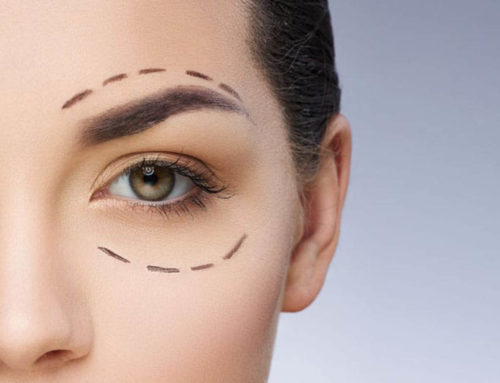Jawline surgery, also known as orthognathic surgery, is a procedure that can alter the shape and size of your jaw and chin. It can either enhance and define the jawline or reduce the bone’s size to create a slimmer appearance. Additionally, the surgery can realign the teeth and jaw if they are not functioning correctly.
If you experience TMJ pain, are unhappy with your jaw’s appearance, or are dissatisfied with the results of Botox on your jawline, jawline surgery may be a viable option.
It is important to note that if you are still growing, it is best to wait until you have stopped before considering jawline operation, as the jaw can shift during growth.

Understanding the Mechanics of Jawline Procedure : Jaw Reduction and Chin Implants
Jawline surgery, also referred to as jaw reduction, involves shaving the bone to decrease the jaw’s size. This procedure is commonly included in facial feminization and targets the back of the jaw near the ears to create a smoother appearance and slimmer look.
Alternatively, chin implants are another type of jawline operation. This procedure involves inserting an implant around the natural chin to produce a more prominent, defined jawline.
The Jawline Procedure: An Overview
Jawline surgery is typically performed under general anesthesia, and incisions are usually made inside the mouth to avoid visible scarring. If the surgery involves correcting a misaligned jaw or teeth, the bone will be cut and repositioned as necessary. To secure the jaw in its new position, tiny bone plates, screws, wires, or rubber bands may be used. The screws are permanent and will integrate with the jaw over time.
In the case of a jaw reduction, a small incision is made inside the mouth between the gum and the cheek. The surgeon will use a laser or micro saw to shave off part of the bone.
Targeted Areas and Potential Risks of Jawline Surgery
Jawline surgery is a surgical procedure that focuses on improving the appearance of the jaw, chin, and teeth. The surgery can be performed on the upper or lower jaw or both, depending on the patient’s specific needs.
As with any surgical procedure, there are potential risks and side effects associated with jawline surgery, including swelling, blood loss, infection, scarring, nerve damage, and pain. Patients should discuss these risks with their surgeon prior to undergoing the procedure.
Preparing for Jawline Surgery: What to Consider
To prepare for jawline operation, patients may need to undergo orthodontic treatment and wear braces for 12 to 18 months prior to the procedure to align their teeth.
In the days leading up to surgery, patients should prepare for their hospital stay, which can last up to 2 to 4 days. This may include packing a bag with items for entertainment and making arrangements for transportation if an overnight stay is not required.
Patients should also follow their doctor’s instructions to avoid smoking and certain medications before surgery. If undergoing facial feminization surgery, patients may need to stop taking hormones in the weeks before and after the procedure.
Proper preparation for jawline surgery can help ensure a safe and successful procedure with optimal results.
Post-Operative Care for Jawline Procedure
After jawline surgery, patients can expect to experience facial swelling, and depending on the extent of the procedure, hospitalization may be required for a few days.
To promote healing and ensure optimal recovery, patients will receive detailed post-operative care instructions from their surgeon. These instructions may include dietary restrictions, pain management recommendations, tips for sleeping without disrupting the jaw, and guidelines for returning to work or school.
Patients should avoid smoking and strenuous activity or exercise following the procedure. Although the results of jawline surgery are immediate and permanent, patients may still need orthodontic treatment to align their teeth with their new jaw shape once the swelling has subsided.
Jawline Surgery vs. Fillers and Botox
While jawline surgery is a more permanent solution to reshape the jaw and chin, there are also non-surgical options available.
Dermal fillers can provide a subtle enhancement to the jawline without the need for surgery. However, they are most effective for patients who already have a well-defined jawline.
Botox can also create a slimmer jawline by reducing the size of the masseter muscles, but the effects are temporary and will require repeat injections to maintain the results.
Ultimately, the choice between jawline surgery, fillers, and Botox depends on the individual patient’s goals, budget, and preferences. A consultation with a qualified healthcare provider can help determine the best option for each patient.
IstanBest Clinic is a state-of-the-art medical facility that has become a pioneer in offering jawline surgery of exceptional quality and standards at an affordable price. Boasting a team of highly qualified and experienced surgeons, IstanBest Clinic has made a name for itself in the field of cosmetic surgery, particularly in the area of jawline surgery.
Patients seeking to undergo jawline surgery can rest assured that they will receive the highest level of care and attention at IstanBest Clinic.




